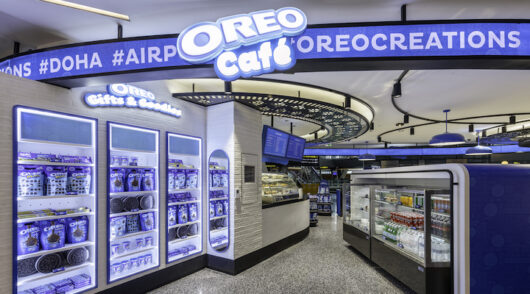 Australia’s coffee culture and the prevalence of small specialty cafes and coffee shops has resulted in a high level of competition, low barriers to entry and low industry concentration, according to IbisWorld.
Australia’s coffee culture and the prevalence of small specialty cafes and coffee shops has resulted in a high level of competition, low barriers to entry and low industry concentration, according to IbisWorld.
Success for industry operators is often determined by the level of customer service, price, the quality of their coffee brand and how well they make a cup of coffee from the texture, temperature and taste of the milk, down to the amount of crema in espressos.
“Moreover, the ability to understand and cater to the unique characteristics of demand has been a determinant of success for some players, but an obstacle for those who fail to incorporate them into business operations,” says IbisWorld industry analyst, Ryan Lin.
Revenue is expected to grow by a compound annual rate of 3.1 per cent over the five years through 2013-14. Revenue is forecast to increase by 3.7 per cent to $5.3 billion in 2013-14.
The industry has a low level of market share concentration, much like the hospitality industry as a whole. The industry is highly fragmented and traditionally encompasses a large number of single establishment, owner operated cafes.
The cafe and coffee shop industry is expected to post sustained growth over the five years through 2018-19, as Australians remain keen on coffee. Consumer demand for high quality, convenient food and beverage offerings should support strong sales of coffee and other cafe products.
Gradually strengthening economic conditions and ongoing interest in health and ethical issues are also expected to bolster sales. While the presence of international players and coffee shop franchises is expected to increase, the prevalence of small specialty operators and intense competition driven by the nation’s entrenched coffee culture will remain the underlying drivers of the industry’s success and vibrancy.
The cafe and coffee shops industry in Australia owes its success to the nation’s love for quality gourmet coffee, and the extent to which this is entrenched in the daily routine of many Australian consumers.
The arrival of European immigrants after World War II, and the emergence of popular European-style cafes in the 1950s, crafted a strong and vibrant coffee culture that has endured to the present day.
According to Lin, “this unique aspect of the Australian market supported demand for the industry during the global economic downturn”.
For more information, visit IBISWorld’s cafe and coffee shops industry in Australia industry report page.





